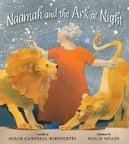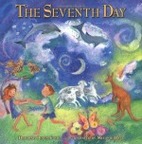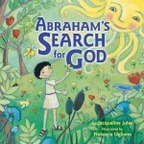There is almost a universal agreement that one of the best methods for adding useful information to our internal moral compass—in a real, dramatic and sustainable way—is through the use of stories. As the “values educator” for your young children, you can read stories in a way that connects them and the lessons they contain to their hearts and minds. In so doing, you will build your children’s personal moral compasses and enable them to retrieve information to deal with various life situations in ethical ways. You may think that’s asking a lot from a few pictures and words on a page, but think about the images that are conjured up when you remember the stories of David and Goliath, Anne Frank or Sandy Koufax.
The Jewish people have understood the power of story for centuries and have used a story-telling tradition that continues today, drawing from the Torah, Midrash (Torah-based stories), rabbinic writings and folklore. This tradition is based on the value of Torah study. The following books are a few delightful ways to discover Torah together and fulfill the mitzvah (good deed) of Torah study:

Discussion Questions:
- What song do you think Naamah is singing?
- This book uses a special kind of rhyming style called a “ghazal” (sounds like “guzzle”). Can you find some interesting rhyming words in the text?
- Can you find: Noah’s toes, tigers’ teeth, a llama with its eyes closed, cuddling zebras, Naamah yawning? What else do you see?
- Describe your favorite bedtime ritual.

Discussion Questions:
- What color would you have painted the sky? The panda?
- What do you do when you are very tired?
- Close your eyes. Be very quiet. What sounds do you hear?
- If you have a moment one evening this month, go outside at sunset and look at the sky. Describe what you see.

Discussion Questions:
- How many birds can you count in the pages of this book?
- How do you think Abraham’s father felt when Abraham asked questions about the idols?
- What do you ask questions about?
- Abraham experiences God in the world around him. How do you experience God?
I also highly recommend “JPS Illustrated Children’s Bible” by Ellen Frankel. It’s an exceedingly accessible volume containing all of the most important Jewish Bible stories children should become familiar with while growing up.
Happy reading!
This post has been contributed by a third party. The opinions, facts and any media content are presented solely by the author, and JewishBoston assumes no responsibility for them. Want to add your voice to the conversation? Publish your own post here. MORE
